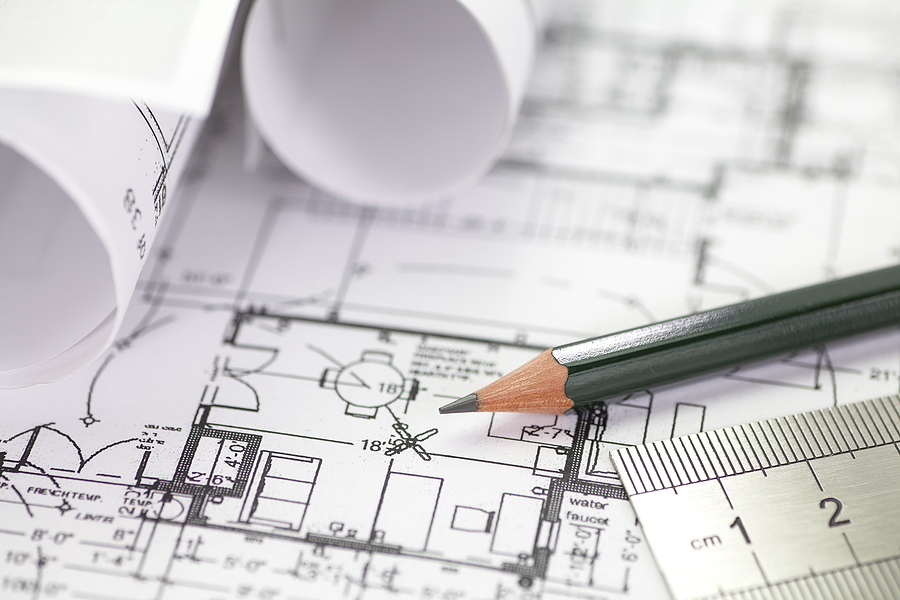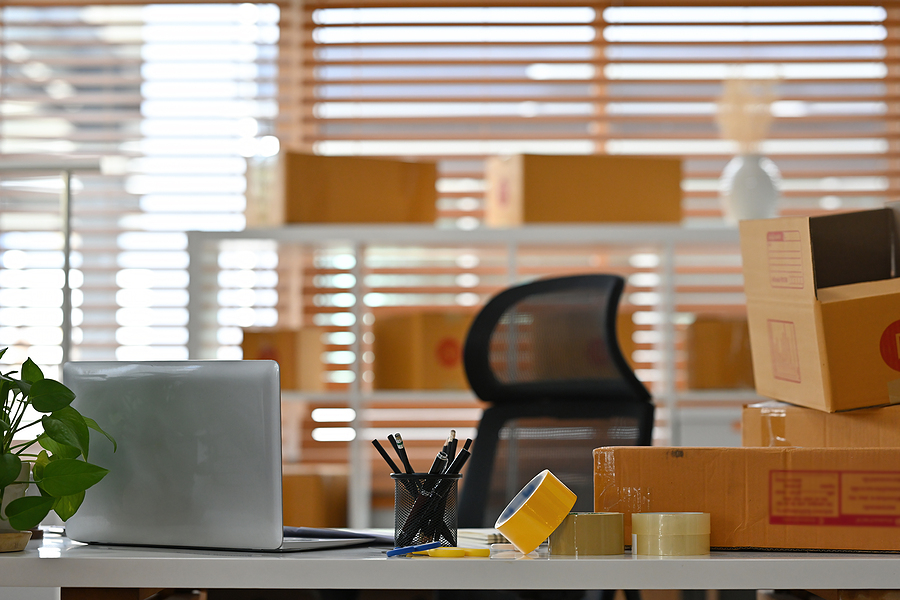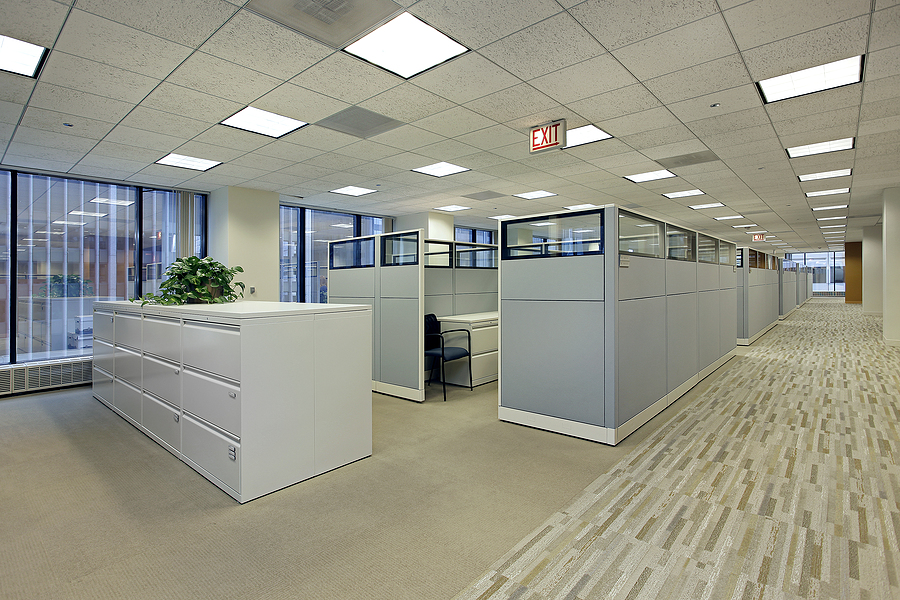The air inside your business has a direct impact on the well-being of your employees, customers, and clients. Poor indoor air quality (IAQ) can lead to health issues, decreased productivity, and a negative perception of your establishment. Many business owners are surprised to learn that indoor air can be significantly more polluted than the air outside. This pollution stems from a variety of sources, from building materials to daily operational activities.
Poor IAQ is more than just a minor inconvenience; it’s a serious business concern. For employees, it can mean more sick days and lower concentration, affecting overall productivity. For customers in a retail or hospitality setting, a stuffy or unpleasant environment can shorten their visit and discourage them from returning. Understanding the causes of poor IAQ and how to address them is a crucial step toward creating a healthier, more welcoming, and more profitable business.
This guide will walk you through remodeling strategies that can significantly improve the air quality in your commercial space. By investing in better IAQ, you are investing in the health of your people and the long-term success of your business.

Identifying the Sources of Poor Indoor Air Quality
Before you can fix the problem, you need to know where it’s coming from. Pollutants inside a commercial building can originate from numerous sources. Pinpointing these can help you target your remodeling efforts for maximum impact.
Common sources of indoor pollutants in business environments include:
◾ Volatile Organic Compounds (VOCs): These are gases emitted from certain solids or liquids. VOCs are found in a wide array of products, including paints, varnishes, cleaning supplies, office equipment like copiers and printers, and even furniture and carpeting.
◾ Biological Contaminants: Mold, mildew, bacteria, and viruses thrive in damp or humid environments. HVAC systems, damp carpets, and areas with water damage are common breeding grounds for these contaminants.
◾ Dust, Pollen, and Other Particulates: These particles can enter from the outside or be generated indoors. They can circulate through the building’s ventilation system, triggering allergies and respiratory issues.
◾ Chemicals from Cleaning Products: Many commercial cleaning agents contain harsh chemicals that can linger in the air long after use, contributing to poor air quality.
◾ Poor Ventilation: Inadequate ventilation traps pollutants inside, allowing them to accumulate to unhealthy levels. Buildings that are sealed tightly for energy efficiency can be particularly susceptible if they lack a proper mechanical ventilation system.
Book a IAQ Remodeling Assessment in Indianapolis ✅
Remodeling Strategies for Better IAQ
A thoughtful remodel can transform your business’s indoor environment. By focusing on materials and systems that promote clean air, you can create a healthier space for everyone.
☑ Upgrade Your HVAC System
Your Heating, Ventilation, and Air Conditioning (HVAC) system is the respiratory system of your building. An old or inefficient unit can be a primary contributor to poor IAQ.
- Install High-Efficiency Particulate Air (HEPA) Filters: HEPA filters are capable of trapping at least 99.97% of dust, pollen, mold, bacteria, and any airborne particles with a size of 0.3 microns. Upgrading your HVAC system to accommodate these filters can dramatically improve air quality.
- Consider a Full HVAC Replacement: If your system is more than 10-15 years old, it may be time for an upgrade. Modern HVAC systems offer better filtration, humidity control, and overall energy efficiency, which helps maintain clean air while lowering utility bills.
- Implement a Dedicated Ventilation System: An Energy Recovery Ventilator (ERV) or Heat Recovery Ventilator (HRV) can be integrated into your HVAC system. These units expel stale indoor air and bring in fresh, pre-conditioned outdoor air, ensuring a constant supply of clean air without sacrificing energy efficiency.
☑ Choose Low-VOC Materials
Many traditional construction and design materials release harmful VOCs into the air. During a remodel, you have the opportunity to choose healthier alternatives.
- Paints and Finishes: Opt for zero-VOC or low-VOC paint, sealants, and adhesives. These products have become widely available and perform just as well as their high-VOC counterparts.
- Flooring: Old carpets can trap dust, allergens, and moisture. Consider replacing them with hard-surface flooring like sealed concrete, tile, or hardwood, which are easier to clean and do not harbor pollutants. If you prefer carpeting, look for options certified as low-VOC.
- Furniture and Cabinetry: Select furniture and cabinetry made from solid wood, metal, or other materials that do not contain formaldehyde-based resins, a common source of VOCs in products made from pressed wood or particleboard.
☑ Improve Moisture Control
Excess moisture creates the perfect environment for mold and mildew to grow. Controlling humidity is essential for maintaining good IAQ.
- Address Leaks and Water Damage: During your remodel, thoroughly inspect for and repair any leaks in the roof, plumbing, or foundation. Remove and replace any materials, like drywall or insulation, that show signs of water damage.
- Install Commercial Dehumidifiers: In naturally humid climates or areas of your business prone to moisture (like kitchens or locker rooms), a commercial-grade dehumidifier can help maintain optimal humidity levels (between 30-50%).
- Ensure Proper Drainage: Check that your building’s exterior has proper grading and drainage systems to prevent water from seeping into the foundation.
☑ Enhance Natural Light and Ventilation
Incorporating elements that allow for more natural light and airflow can also contribute to a healthier indoor space.
- Add Operable Windows: If your building design allows, installing windows that can be opened provides an easy way to ventilate the space with fresh air on days with good outdoor air quality.
- Incorporate Biophilic Design: Adding indoor plants can help naturally filter the air. Certain species are particularly effective at absorbing indoor pollutants. This design approach also has the added benefit of reducing stress and improving employee morale.
Frequently Asked Questions
How can I test the indoor air quality of my business?
You can purchase DIY IAQ testing kits or hire a professional environmental assessment company. A professional can provide a comprehensive analysis of airborne pollutants and identify their sources, giving you a clear roadmap for improvements.
Will these remodeling changes be expensive?
The initial investment can vary depending on the scale of your project. However, many of these upgrades, such as choosing low-VOC paints, have little to no cost difference compared to traditional materials. Upgrades to your HVAC system can lead to long-term savings on energy bills, offering a return on your investment.
How often should I change my HVAC filters?
For most commercial buildings, it’s recommended to change HVAC filters every 1-3 months. However, businesses with higher levels of dust or pollutants, such as manufacturing facilities or workshops, may need to change them more frequently.
Build a Healthier Business from the Inside Out
Prioritizing indoor air quality is not just a trend; it’s a fundamental component of a successful and responsible business. A strategic remodel provides the perfect opportunity to address underlying issues and create an environment that supports the health and productivity of your employees and makes a lasting positive impression on your customers.
By upgrading your building’s systems and choosing healthier materials, you invest in a space that is safer, more comfortable, and more inviting. This commitment to well-being can enhance your brand reputation and contribute to a stronger bottom line.
Ready to transform your commercial space in Indianapolis? Contact our team of professional commercial remodeling contractors to discuss how we can help you improve your indoor air quality and create a healthier environment for your business.
Related Post: Smart Renovations: Reducing Heating and Cooling Costs for Commercial Spaces









